This is the most comprehensive guide on how to edit Pages in WordPress.
After reading this guide, you’ll learn:
- Difference between Post and Page in WordPress
- 26 essential features of Classic and Gutenberg Editor
- Edit a WordPress Page effectively
And much more.The best part?You’ll find screenshots and GIFs throughout the guide to make it super easy for you to comprehend.Let’s start with the basics.
What is Page in WordPress?
A Page in WordPress is a timeless, static, and permanent type of page post type. A Page is meant to create content for:
- Contact
- About
- Privacy Policy
- Terms and Conditions
- Affiliate Disclaimer
- Request a quote
Are you still confused between Post and Page in WordPress?
- Posts are updated time after time, but Pages are not.
- Posts are supposed to be shared with visitors and on social media, but customers visit Pages themselves to get information.
- RSS feed is not available for Pages, but posts do have.
- Pages don’t have any author and published date, but Posts do have.
Moreover, Pages have page attributes and parent and child hierarchy, but Posts have only tags and categories in WordPress.It's time to see real-world examples.First take a glimpse of Classic Editor for Pages.

Gutenberg Block Editor for Pages looks like this:
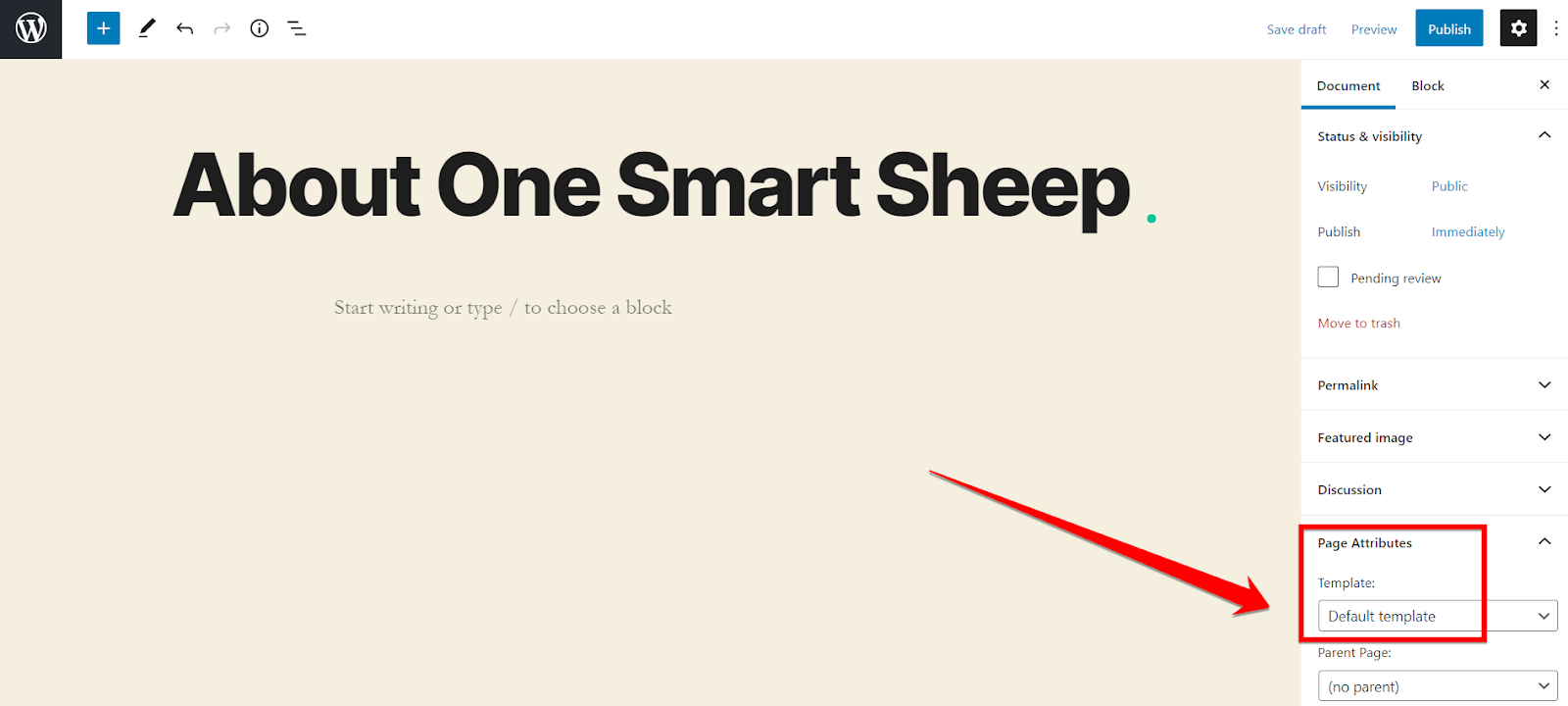
Login to Your WordPress to Edit Pages
It’s critical to login to your WordPress blog before you start editing your pages.But it's better to change the URL, otherwise; you're at risk of being hacked.Just put /login at the end of your website name; you’ll get the Admin page.

Type your username and password that you made during WordPress installation.Once you’ve entered into the WordPress Dashboard, go to Pages.

You’ll see a bunch of pages. Hover over the page’s name; Edit will appear instantly.
Understanding Classic Editor for Pages
In order to understand, firstly, click Toolbar Toggle to expand the editor that shows all the features of Classic Editor.
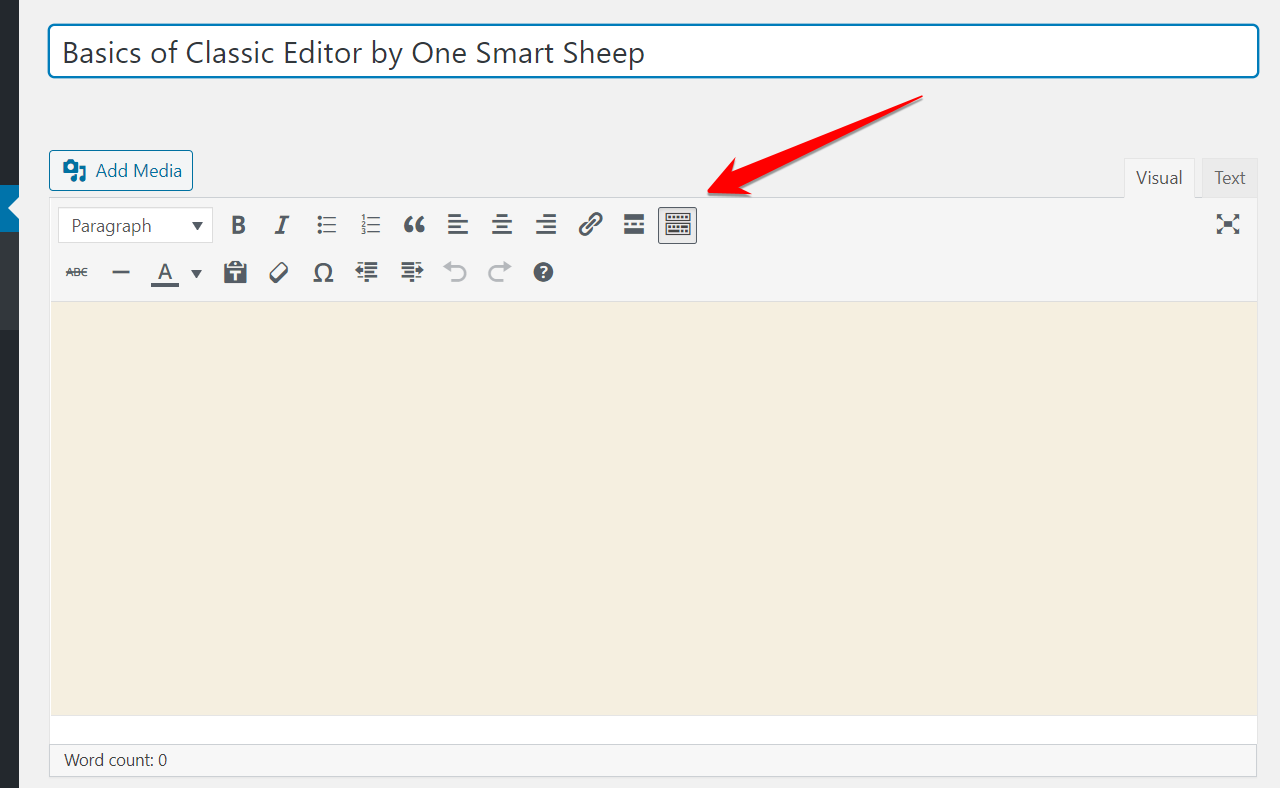
WordPress Classic Editor consists of 26 features. I’ll explain each element with a screenshot and GIF.

- Add Media
Add Media helps you upload images, videos, audios, and GIFs. When you click on it, you can drag and drop any media file or simply browse your computer to select a file.

Moreover, you can create a gallery, audio playlist, video playlist, and featured image. Besides this, if you don’t want to put a strain on your server, you can put any external URL to embed any media inside your content.
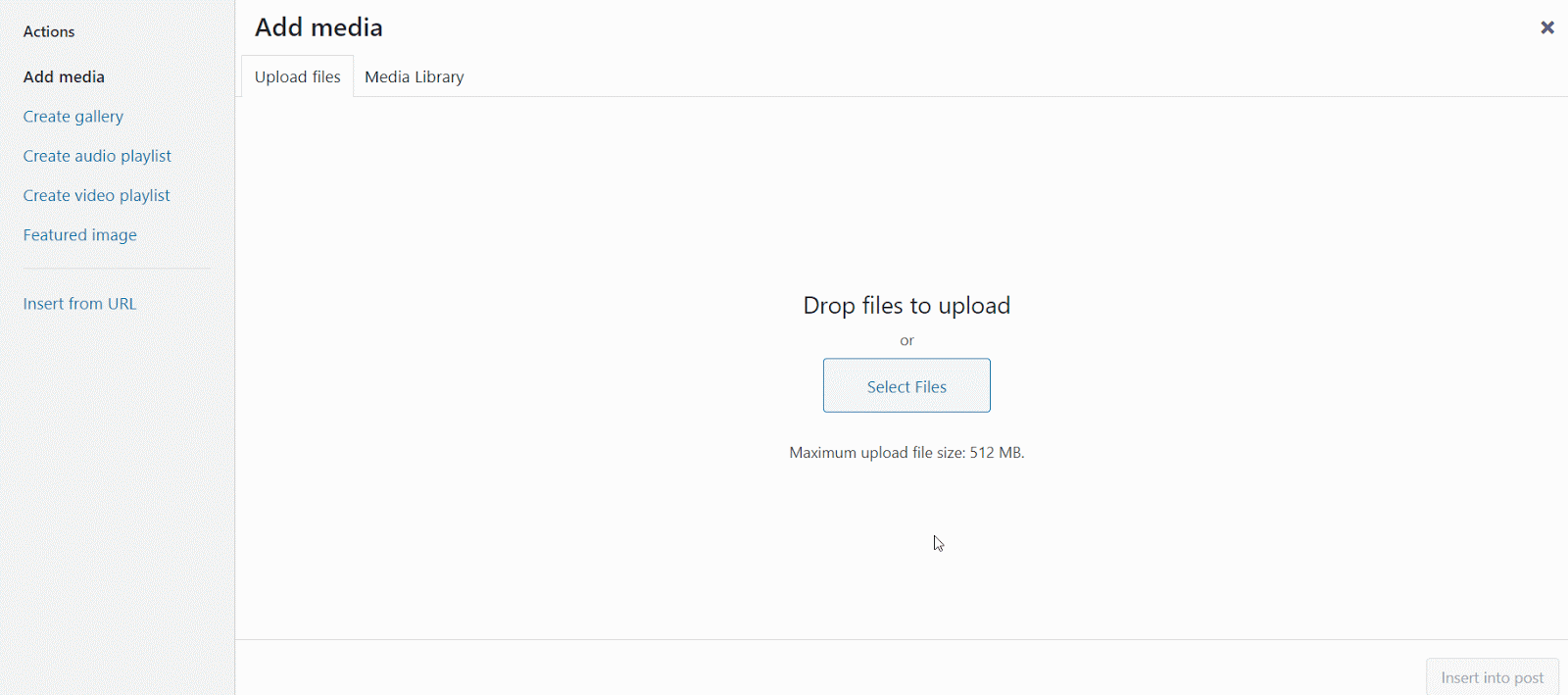
- Paragraphs
Paragraphs should not be taken for granted. They can break or make your ranking on Google.Heading 1, also known as <h1>, is the most crucial heading in SEO that decides your article’s topic and ranking.Generally, in most WordPress <title> and <h1> are the same since <h1> is reserved typically for the blog title. Have a look at the title of the article “Best Gaming Laptop” on Tom’s Guide.

You can see Heading 1 <h1> is the same as the title shown above.

Want to check yourself? Right-click on any page, and hit “View Page Source.” Use Ctrl+F to find <title> and <h1> for the topic title and heading respectively.
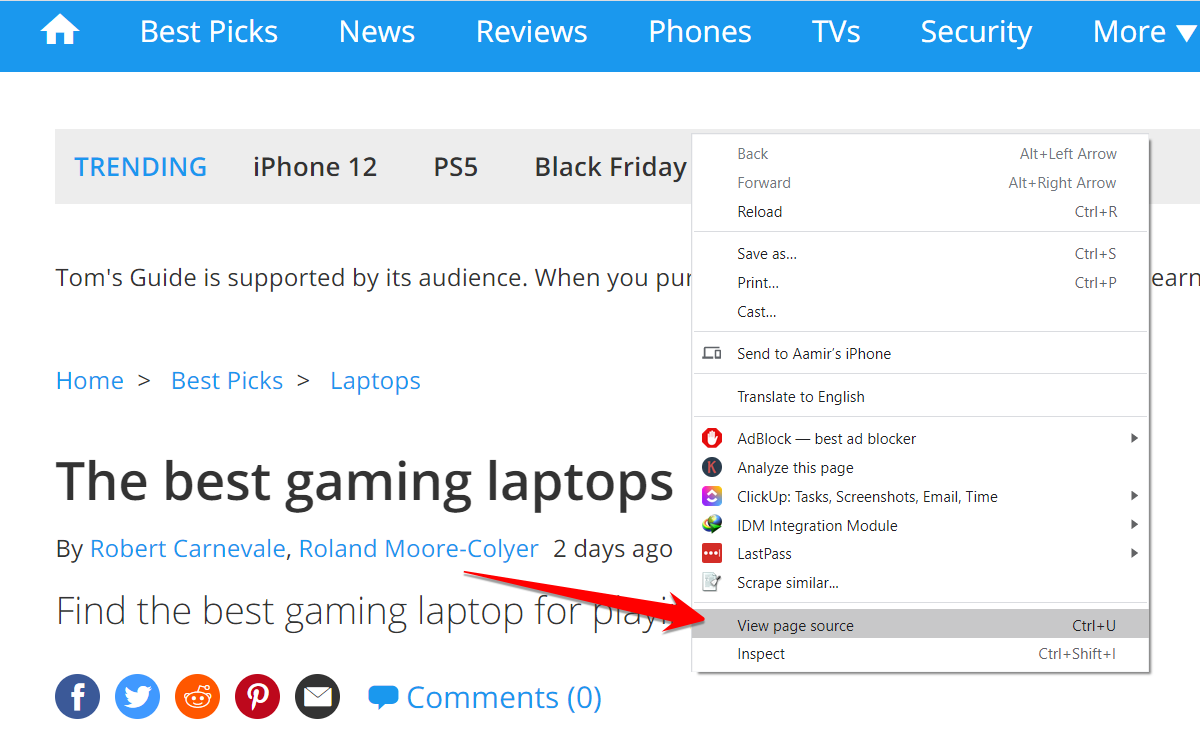
WordPress offers different headings ranging from Heading 1 to Heading 6—<h1> to <h6>.

As we’ve discussed, Heading 1 is reserved for the blog title, but other headings are used in posts, pages, and different content types.Let’s retake the best gaming laptop example.
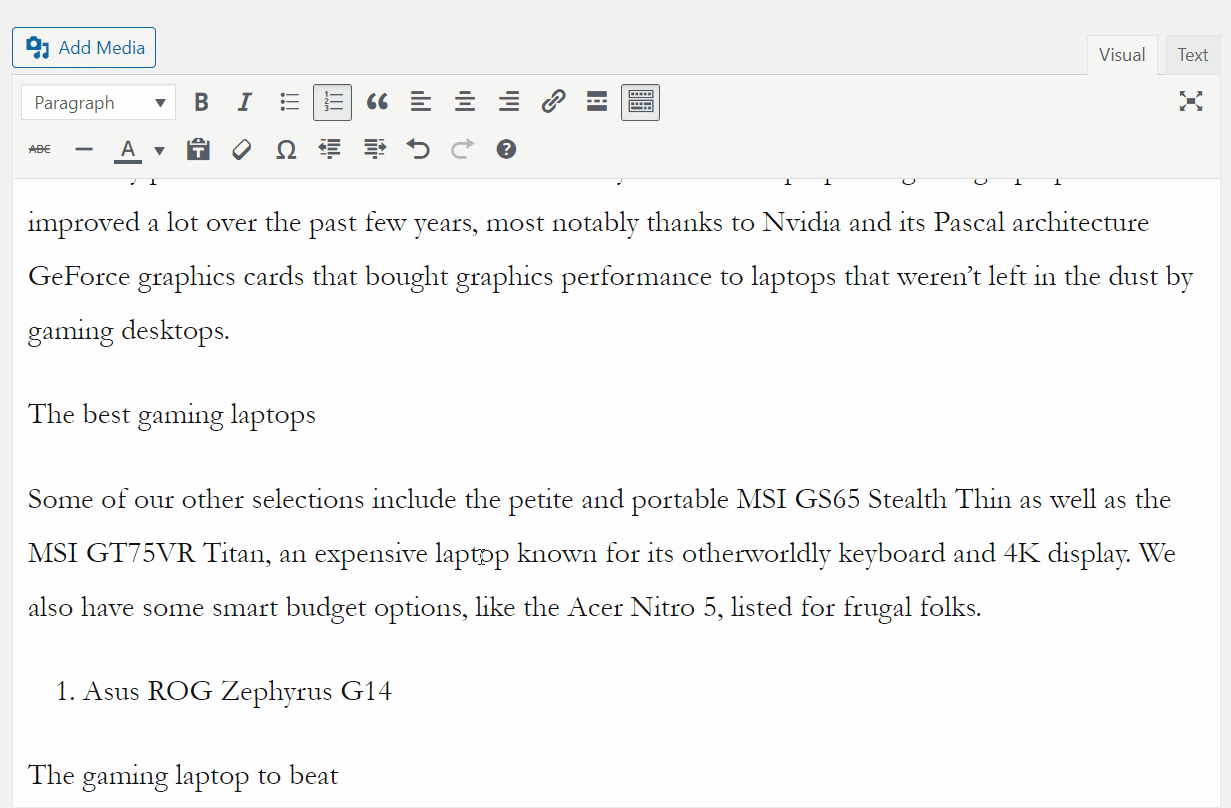
Here is how you should implement the heading hierarchy of your content:
- Best Gaming Laptops (Heading 2)
- Asus ROG (Heading 3)
- Alienware (Heading 3)
- Lenovo (Heading 3)
Is it too technical?Don’t worry; you can install the SEO Yoast plugin and it guides you through the heading hierarchy to optimize your pages for better ranking on Google.

You can watch its short tutorial on Youtube to learn more about it.
- Bold
Bold is self-explanatory—meaning to make your words strong. You can select a word, phrase, clause, or a whole sentence to make it bold.
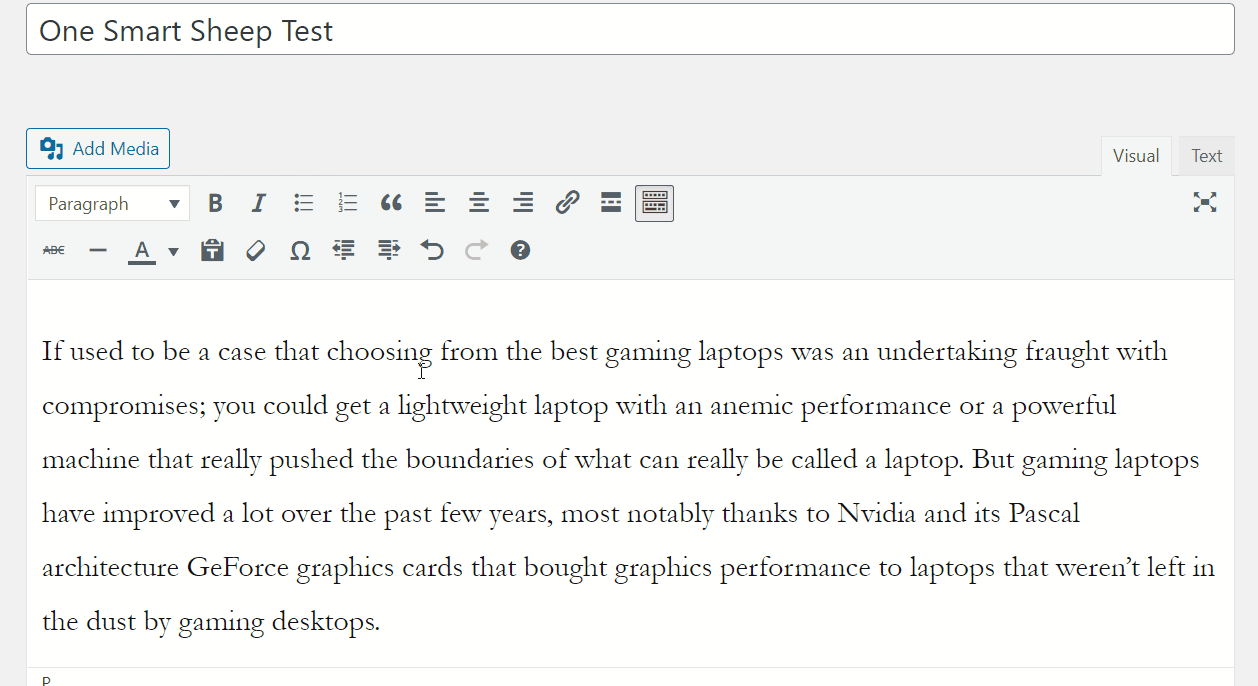
- Italic
Italic is used for emphasis or distinction of text.

- Bullet List
Bullet List in WordPress is used to introduce items in a list.

- Numbered List
Numbered list in WordPress is a list order done with numbers for checklists or a set of steps.

- Blockquote
In WordPress, Blockquote defines a section that is quoted from another source.

- Align left
Align left is useful to bring your content on the left side. It could be text, video, audio or image.
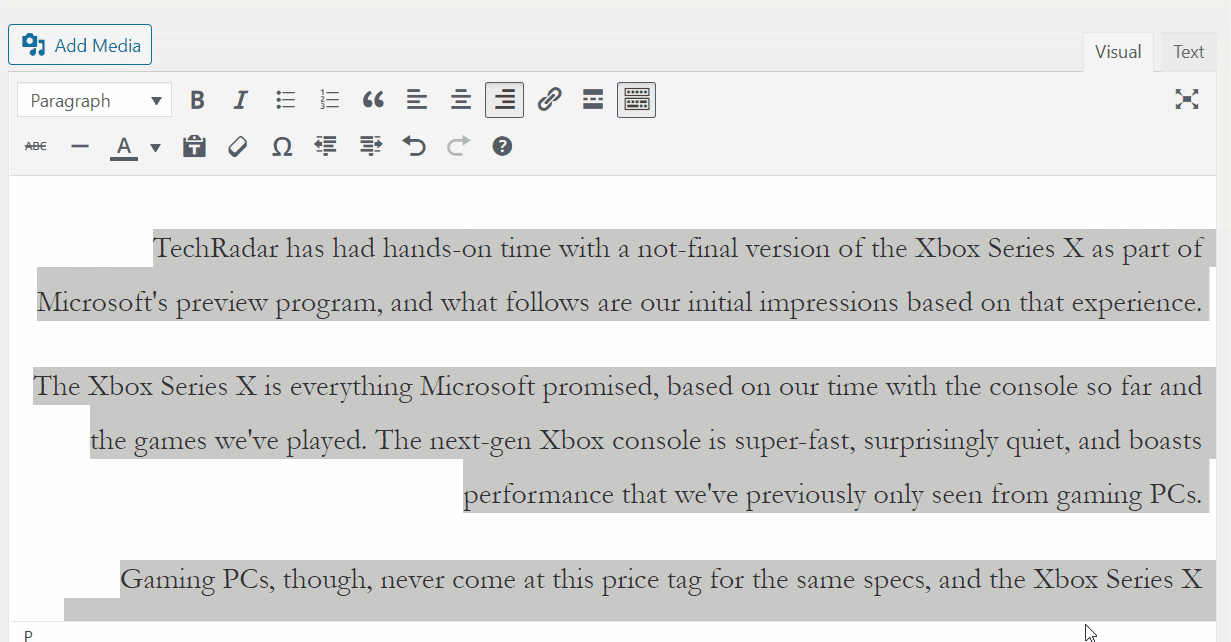
- Align center
It brings any kind of media in the center.
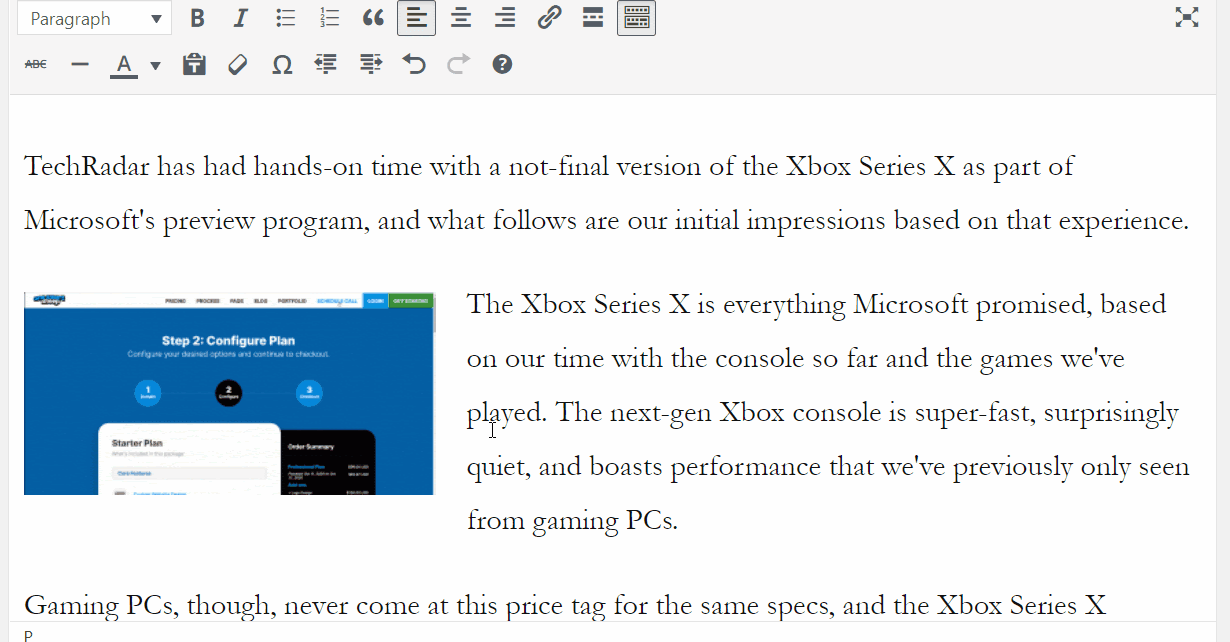
- Align right
It moves your content to the right side.
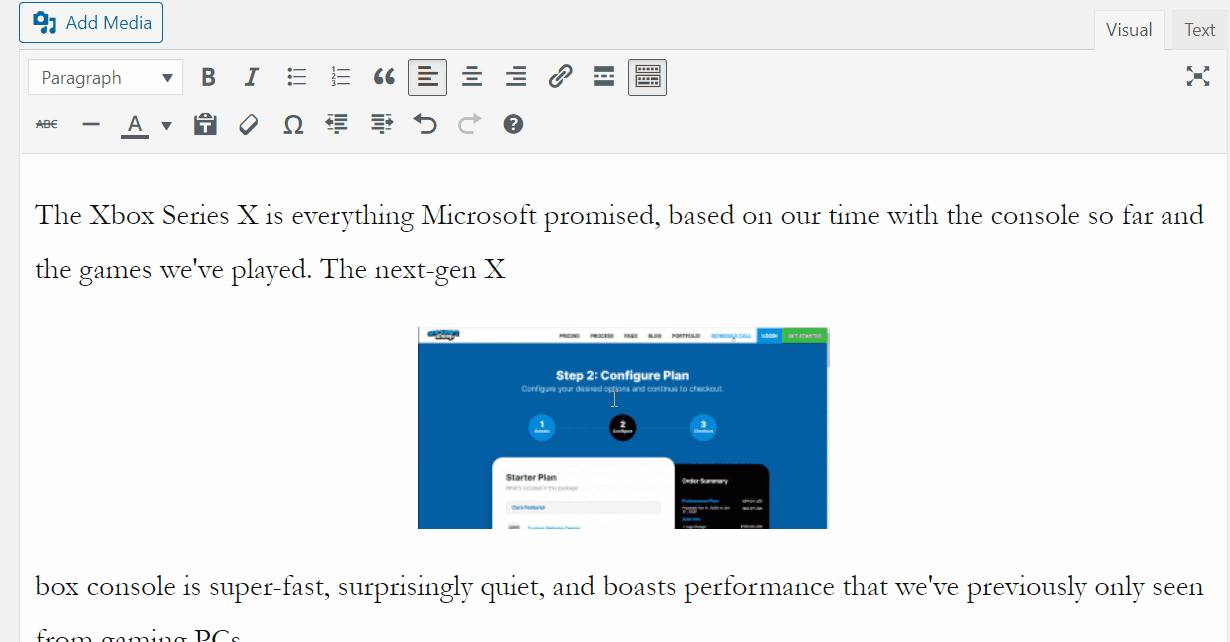
- Insert/Edit Link
It helps to insert a link within the text to make it clickable.
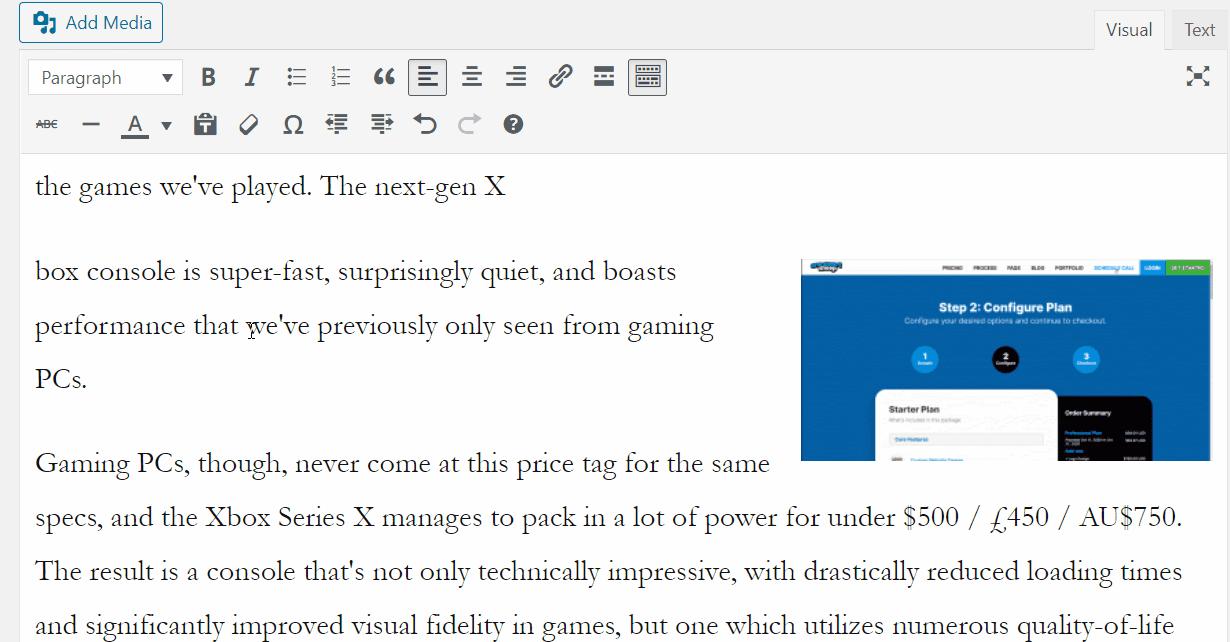
When you add an external link—a link from another source— make sure you tick the new tab open to reduce your bounce rate.
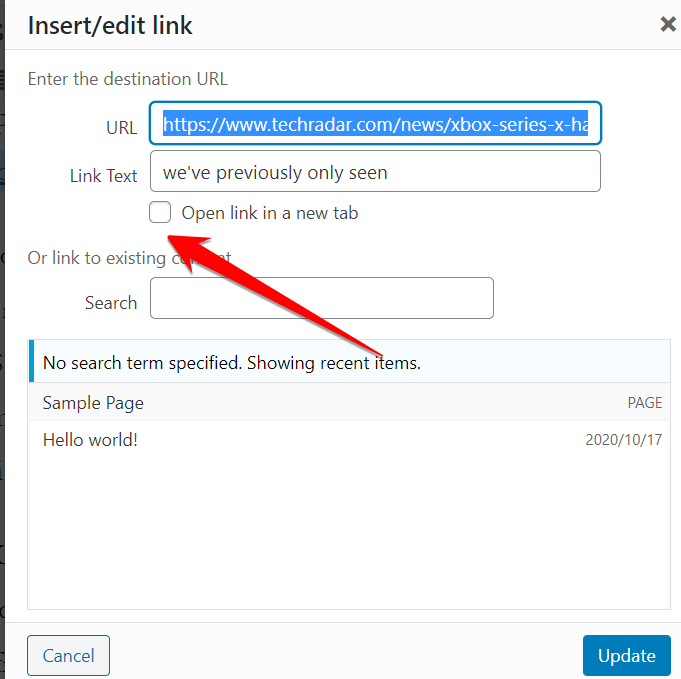
- Insert Read More Tag
It is used to show that the first part of a page is displayed on the homepage, posts pages, and subscriber emails. It’s not applicable to Pages.

- Strikethrough
Strikethrough is a line drawn through text, which indicates that the omission of a mistake or the elimination of text.

- Horizontal Line
It is one that runs from left to right across the post and page in WordPress.

- Text color
It is utilized for communicating meaning beyond the basic text in WordPress.

- Paste as Text
Plain text is quite plain. It supports regular ASCII characters, such as symbols, numbers, and spaces, but doesn't support any sort of text formatting and media.It’s helpful when you copy the content from MS Word or Google Doc that brings unwanted HTML and CSS elements — bad for SEO.

- Clear Formatting
Clear Formatting eliminates any formatting — including bold, italic, underline, paragraph background color or line, line spacing, superscript, subscript, and strikethrough -- which you have applied to a sentence or paragraph.

- Special Character
Special Character offers currency symbols, trademark, copyright, registered signs, and mathematical symbols.

- Decrease indent
Decrease indent adds spacing to the left of the paragraph.

- Increase indent
Increase indent adds spacing to the left of the paragraph.
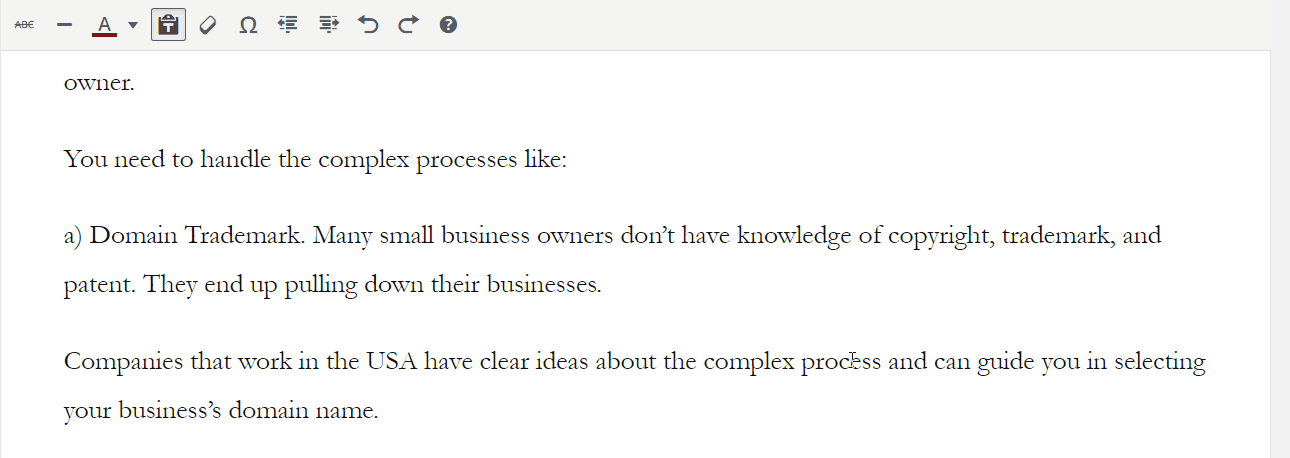
- Undo
Undo erases the last change done to the record, reverting it to an older state.

- Redo
Redo restores any activities which were formerly reversed with an undo in WordPress.
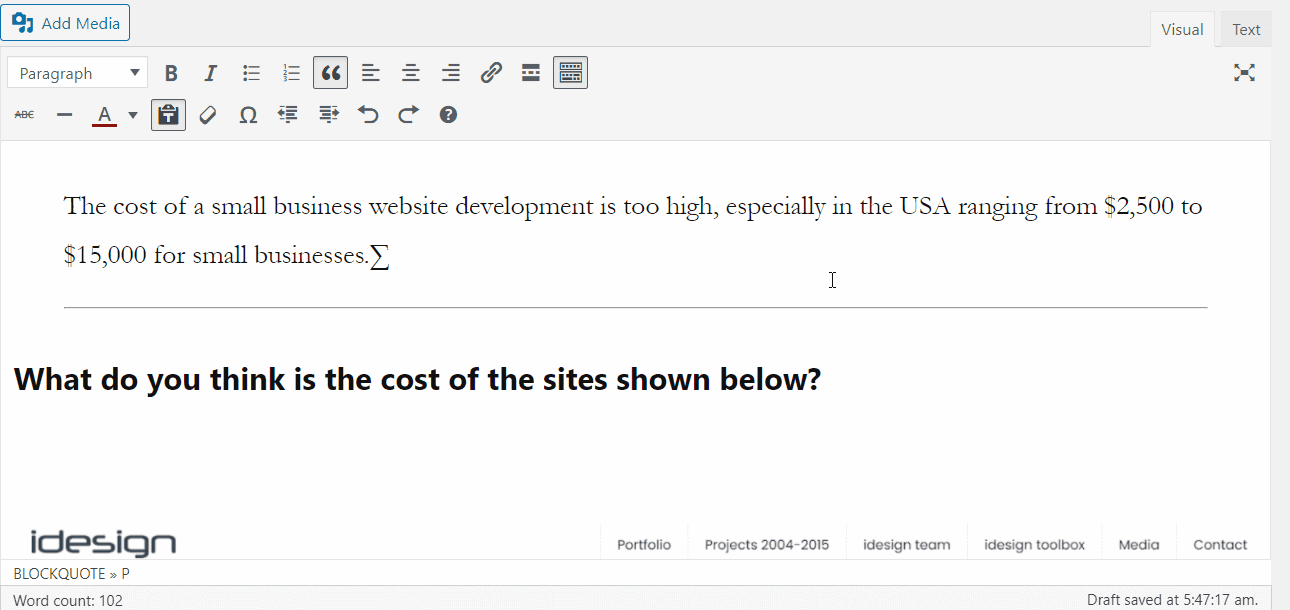
- Keyboard Shortcuts
Keyboard shortcuts in WordPress are keys or combinations of keys that offer an alternate way to do something you usually do with a mouse.
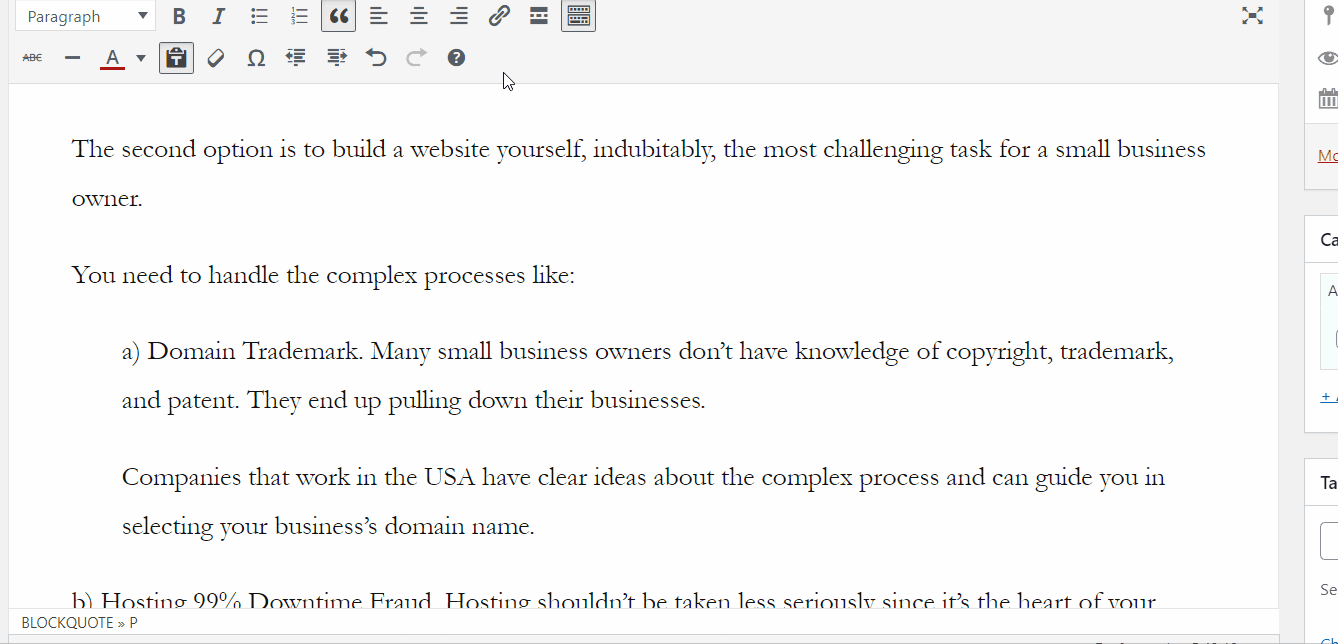
- Visual
Visual Editor in WordPress is the default mode and looks very similar to a word processor. The visual editor icons allow you to format text, change font alignment, insert bulleted and numbered lists, and more.
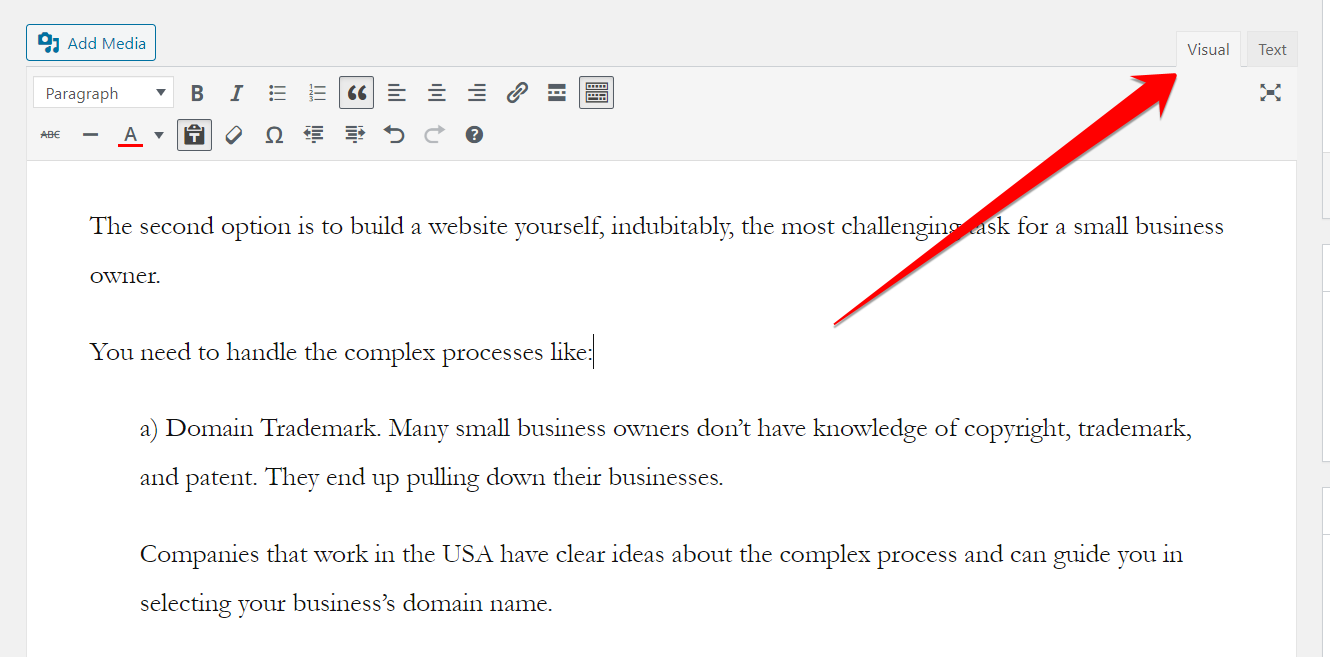
- Text
The Text Editor in WordPress has fewer choices but lets you compose your articles in HTML. This editing style is geared toward users that are comfortable working with HTML.

- Distraction-free writing mode
The distraction-free editor enables you to conceal the unwanted area while writing a post. To permit the full-screen style, you have to click the 3 dots icon on this display’s upper right corner.
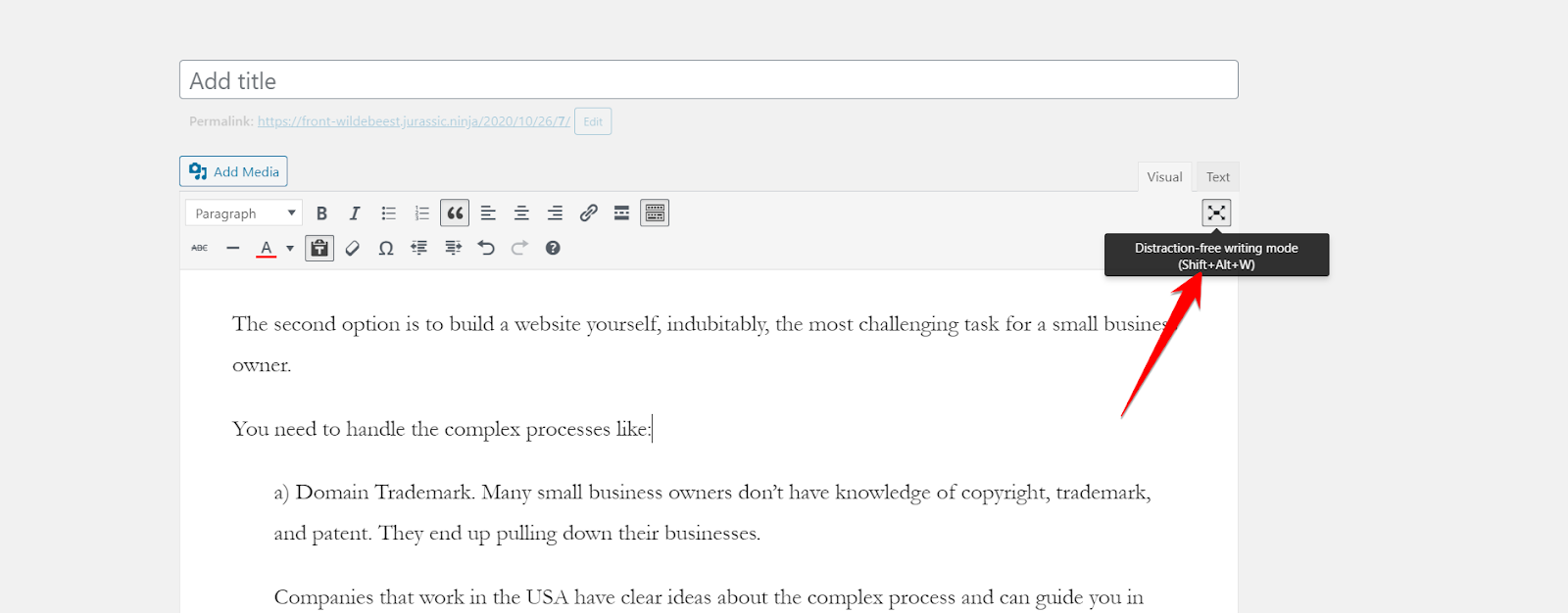
Understanding Gutenberg Editor for Pages
Gutenberg is a brand-new editor for the WordPress platform. It will radically alter how you create articles, pages, goods, and virtually everything else on your website.Most of the features are the same as you’ve seen in the Classic Editor of WordPress.

All of the content here is split into individual blocks. Gutenberg has several distinct sorts of blocks that you may view by clicking on the plus icon at the WordPress page’s top-left corner.
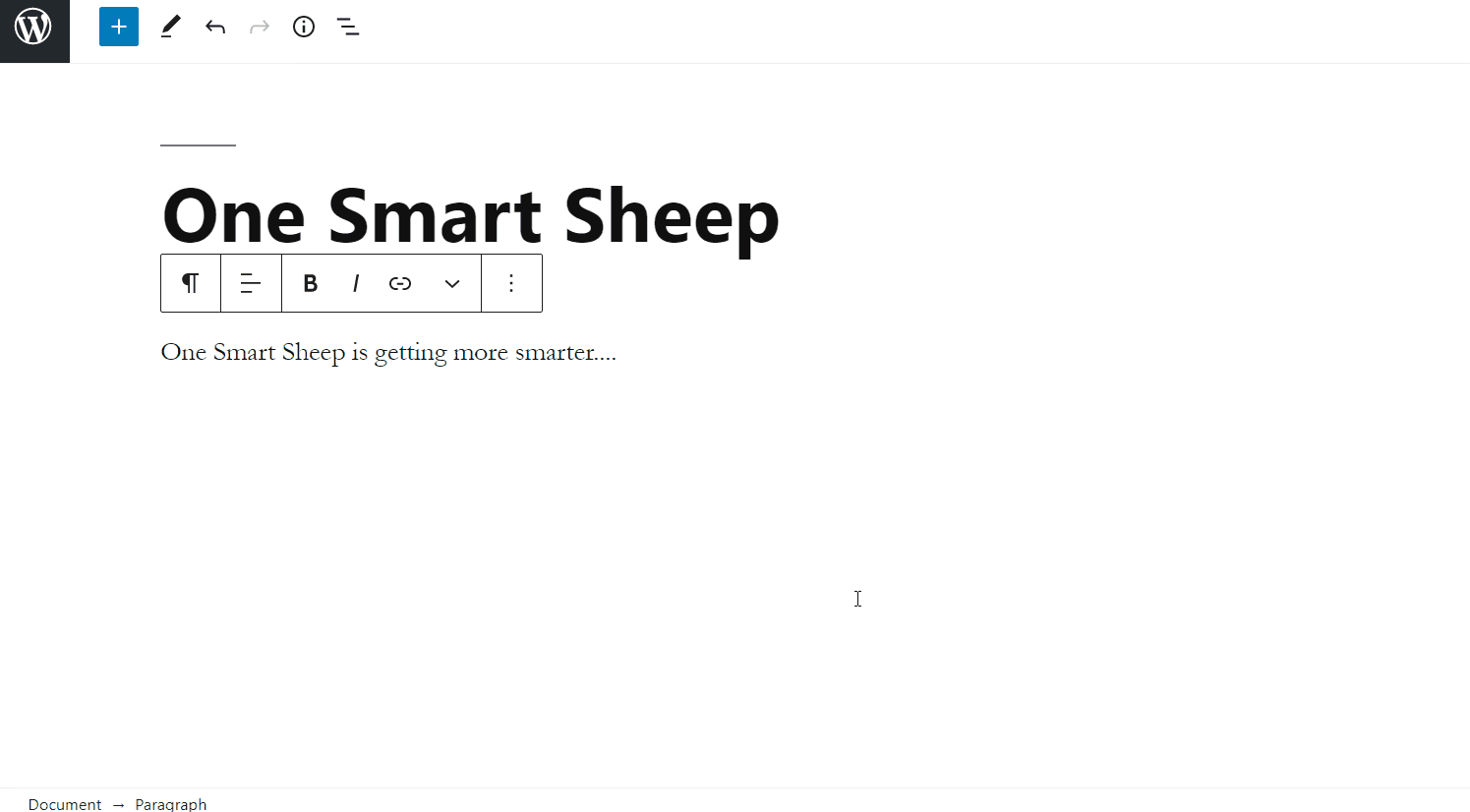
You can add several blocks; for example, a simple paragraph or image block will enable you to add text or media to your page, respectively.

However, you can also create lists, galleries, and so on.

Besides, Gutenberg Editor has patterns that you can use on your page instead of creating from scratch. You can edit the patterns from text to colors.
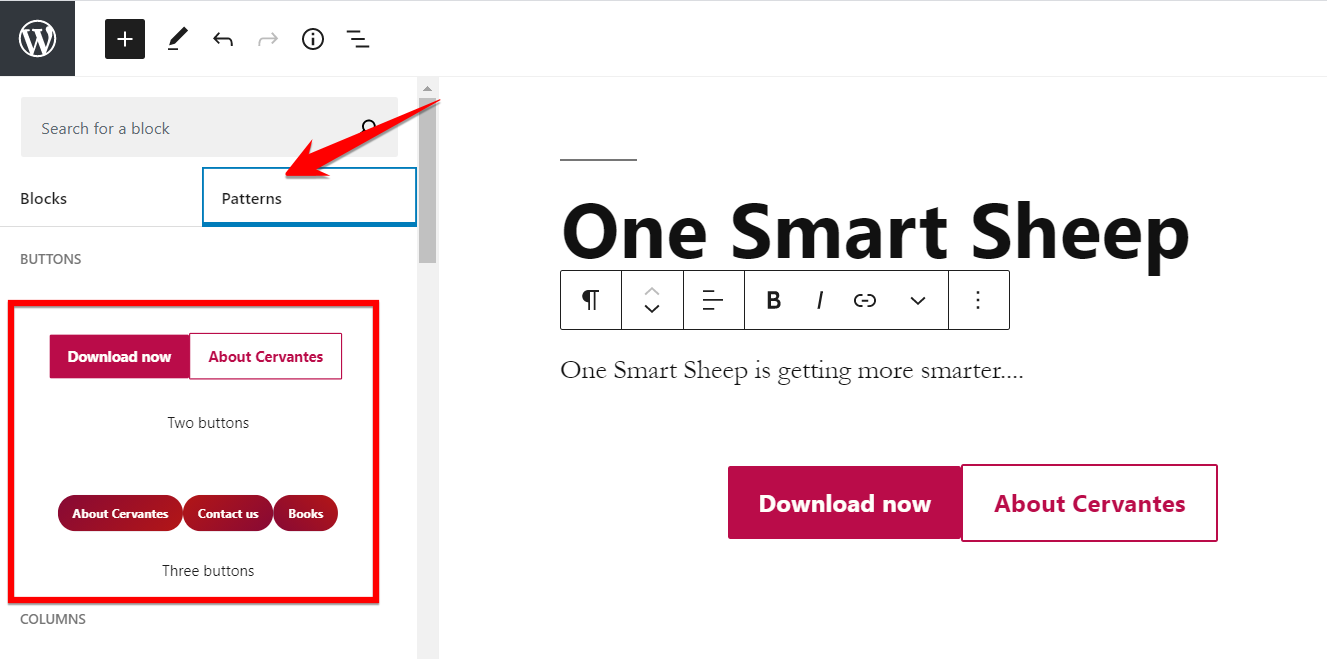
Moreover, you can also add Twitter and Youtube rich media.
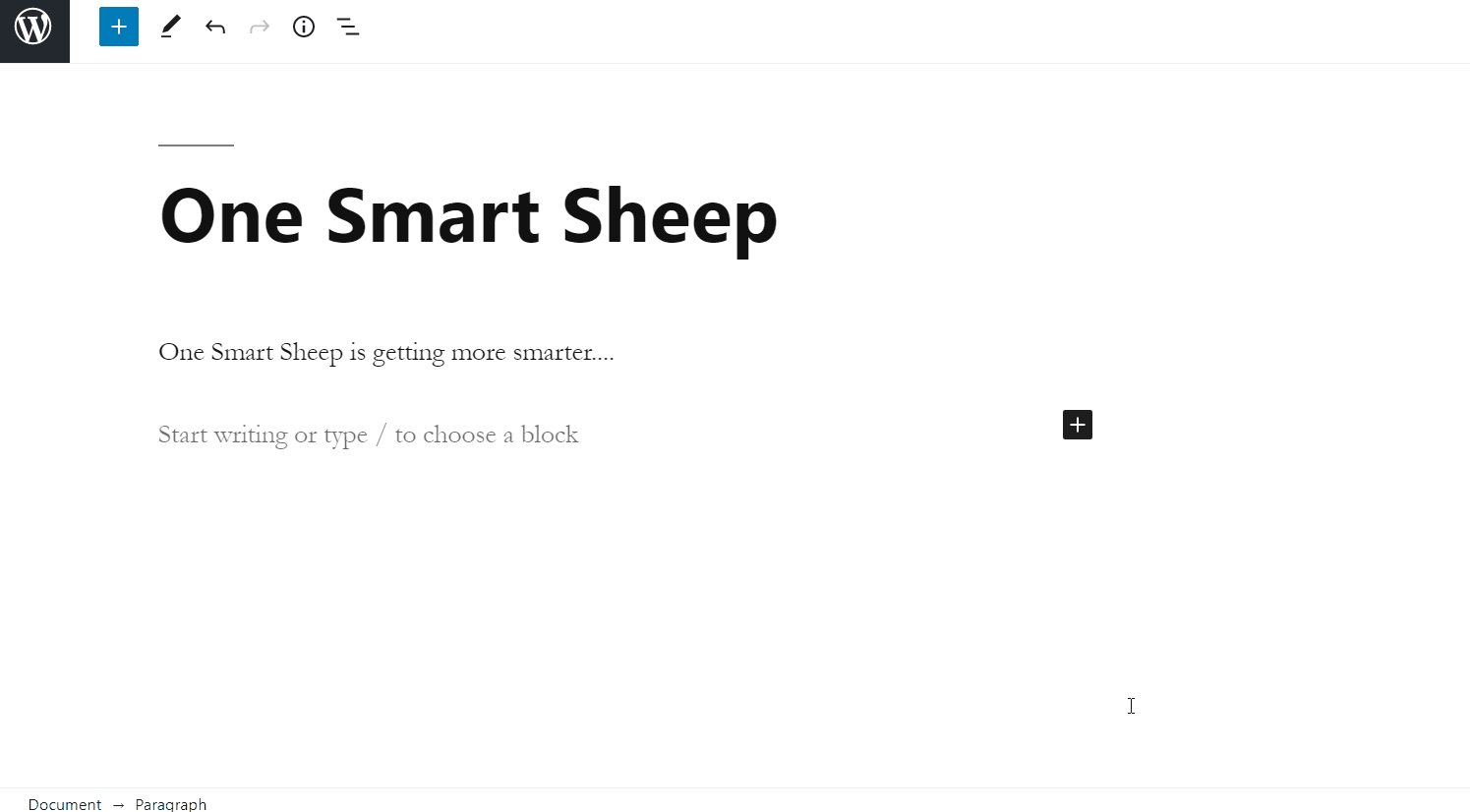
How Do I Edit Content in WordPress?
To edit content in WordPress, follow these steps:
- Log in to your WordPress dashboard.
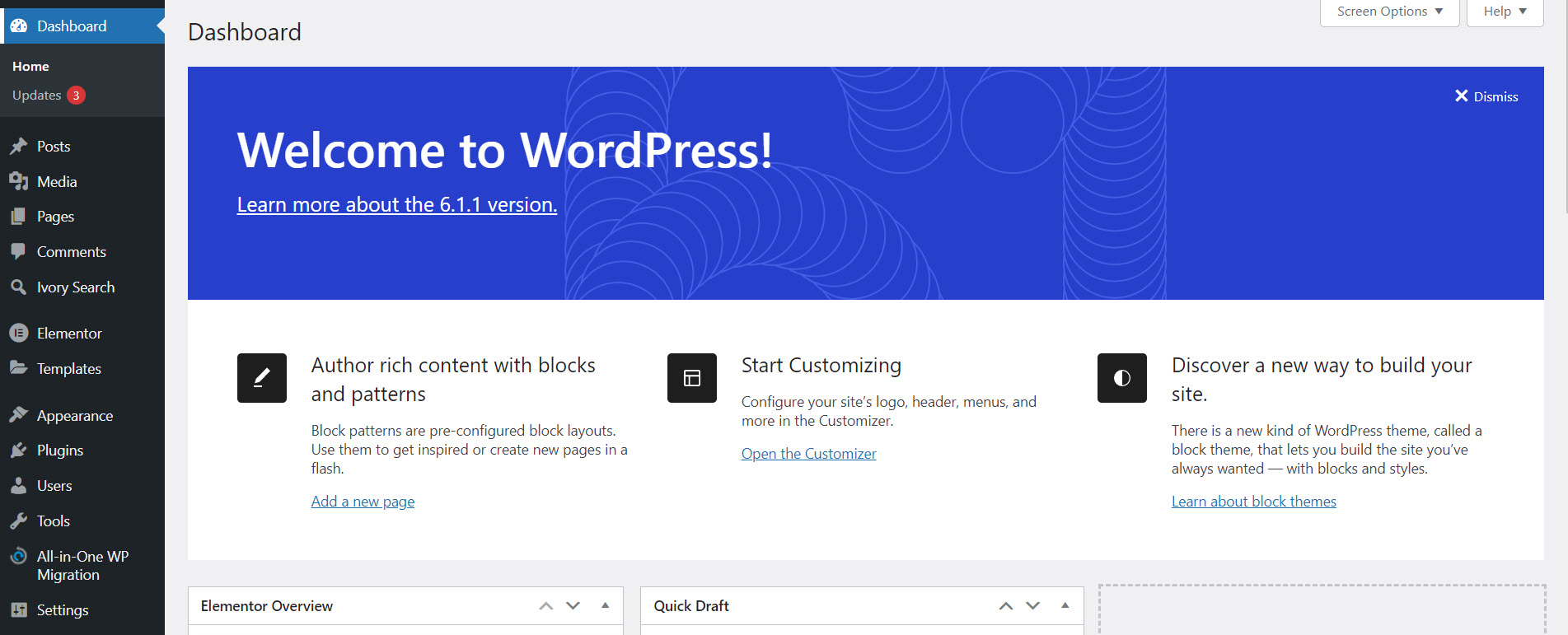
- Click on "Pages" in the left-hand menu.

- Select the page you want to edit from the list of pages.
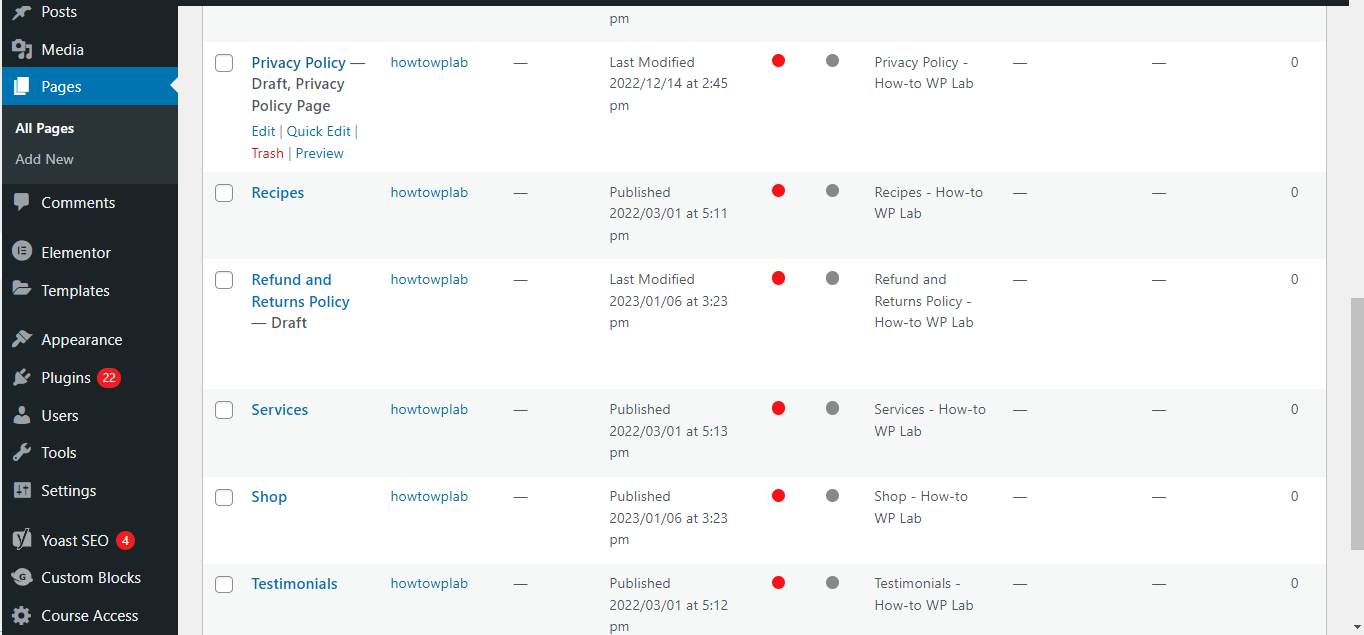
- Click the "Edit" button to open the page editor interface.
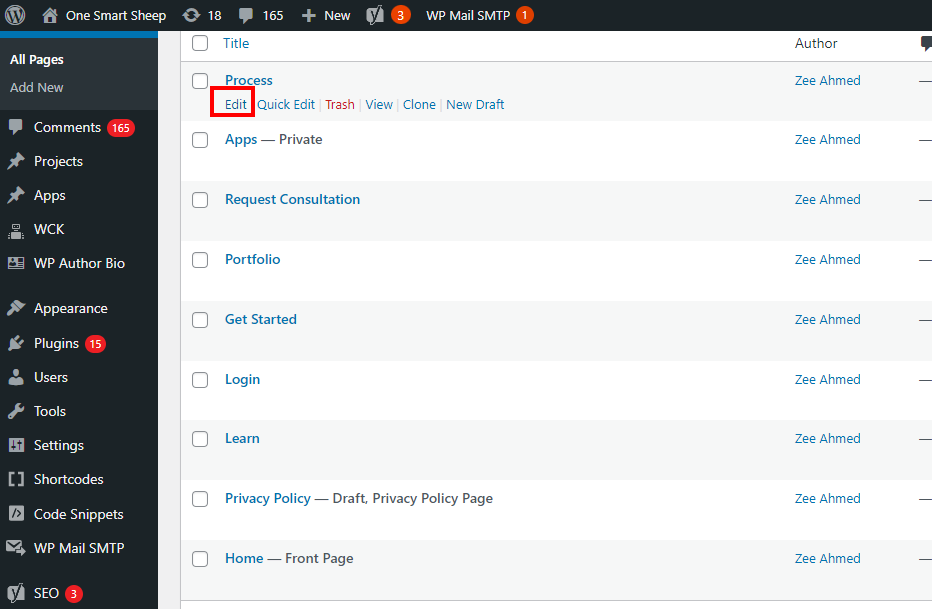
- Use the WordPress editor tools to make changes to the content.
Here are some specific tips for editing different types of content in WordPress:
- Text: To edit text content in WordPress, click on the text you want to change and edit using the editor tools. You can change the font, size, color, or style of text and add headings, links, or special characters.
- Images: To edit images in WordPress, click on the image and select the "Edit" button. From here, you can adjust the image size, crop, rotate, flip, add alt text for accessibility, and more.
- Videos: To edit videos in WordPress, you can use the WordPress block editor to add a video block to your page, then upload or embed the video from a third-party platform such as YouTube or Vimeo. Using the block editor tools, you can also adjust the video size, alignment, and other settings.
- Links: To edit links in WordPress, click on the link and select the "Edit" button. You can change the link URL, add or remove link text, and adjust other link settings.
- Widgets: To edit widgets in WordPress, go to the Appearance menu and select Widgets. You can select the widget you want to edit and change its settings, content, and appearance.
Using these tips, you can effectively edit content in WordPress and customize your website to meet your needs.
Why Can't I Edit My Pages in WordPress?
If you're experiencing issues editing pages in WordPress, there could be various reasons for the problem. Some common issues that may be causing the problem include:
- Plugin conflicts: WordPress plugins can sometimes conflict with each other and cause issues with page editing. Try disabling your plugins individually to see if this resolves the problem. If you find that a particular plugin is causing issues, try updating or replacing it with an alternative that is more compatible with your website.
- Server errors: If your website is experiencing server errors or connectivity issues, this can prevent you from editing pages. Check with your web hosting provider to see if any server issues may be impacting your website's functionality.
- User permissions: If you don't have sufficient user permissions to edit pages in WordPress, you may be unable to access the page editor. Make sure you're logged in with the correct user account and that your account has the appropriate permissions to edit pages.
- Browser cache: If your browser cache is full or corrupted, this can cause issues with the WordPress editor. Try clearing your browser cache and reloading the page to see if this resolves the problem.
Following these troubleshooting tips, you can identify and resolve common issues preventing you from editing pages in WordPress.
Where is the Page Editor in WordPress?
The page editor in WordPress can be found in the WordPress dashboard and can be accessed by following these steps:
- Log in to your WordPress dashboard.

- Click on "Pages" in the left-hand menu.

- Select the page you want to edit from the list of pages.

- Click the "Edit" button to open the page editor interface.

- Using WordPress editor tools, you can change the page content, formatting, and layout.
If you're having trouble finding the page you want to edit, you can use the WordPress search function to locate it by name or keyword. Once you've accessed the page editor, you can use the editor tools to make changes to the page content and layout and save your changes by clicking the "Update" button at the top.
How Do I Edit My Website Pages?
Editing website pages in WordPress is a straightforward process that can be completed in a few easy steps:
- Log in to your WordPress dashboard.

- Click on "Pages" in the left-hand menu.

- Select the page you want to edit from the list of pages.

- Click the "Edit" button to open the page editor interface.

- Use the WordPress editor tools to change the page content, formatting, and layout.
- Save your changes by clicking the "Update" button at the top of the page.
When editing pages in WordPress, you can use the editor tools to add or delete text, images, videos, or other media. You can also use the formatting tools to change the font size, color, or style and add headings, bullet points, or numbered lists. Additionally, you can use the page settings options to customize the page title, URL, or meta tags for search engine optimization.
Wrapping Up
Editing pages in WordPress is incredibly effortless and comfortable. Classic Editor and Gutenberg Editor are the essential tools that let users edit and modify a page based on their needs and wants.
According to my experience, Gutenberg is faster and saves time when editing a WordPress page compared to the Classic Editor. It’s better to master Gutenberg since it has become the official editor in WordPress — Classic Editor will no longer be supported after December 31, 2021. What do you prefer for editing a page in WordPress? Let us know in the comment section.
FAQs
How to edit pages in WordPress?
To edit pages in WordPress, log in to your WordPress dashboard, navigate to the "Pages" section, and click on "All Pages." Here, you'll see a list of all your pages. Hover over the page title you want to edit and click the "Edit" link that appears. This will open the page in the WordPress editor, where you can make changes to the text, images, layout, and other elements. Once you're done, click "Update" to save your changes.
How do I edit the content of my WordPress home page?
To edit the content of your WordPress home page, go to your WordPress dashboard, and click on "Pages." Find your home page in the list (it's often titled "Home") and click "Edit." This will open the editor, where you can modify text, images, and other elements. After making the desired changes, remember to click "Update" to save them.
Can WordPress editors edit pages?
Yes, users with the "Editor" role in WordPress have the capability to edit pages. Editors can add, modify, and delete any pages on the WordPress site, along with managing other content like posts and comments.
How do I edit WordPress after publishing?
Answer: To edit a WordPress page or post after it has been published, go to the "Pages" or "Posts" section in your WordPress dashboard, find the page or post you want to edit, and click the "Edit" link beneath its title. Make the necessary changes in the editor, and then click "Update" to apply the changes live on your site.
How do I edit my WordPress site locally?
Answer: To edit your WordPress site locally, you need to set up a local server environment on your computer using software like XAMPP, MAMP, or LocalWP. After setting up the local server, you can install WordPress and import your site's content to the local installation. You can then access your WordPress dashboard locally to make and test changes before implementing them on your live site.
Why can't I edit WordPress site?
Answer: There could be several reasons why you can't edit your WordPress site. Common issues include lack of user permissions (you may not have the necessary role to edit the site), a plugin or theme conflict that is causing the editor to malfunction, or caching problems that prevent changes from appearing. To resolve these, check your user role, disable plugins to find the problematic one, switch to a default theme to see if the issue persists, or clear your cache.
















.svg)
.svg)
.svg)

